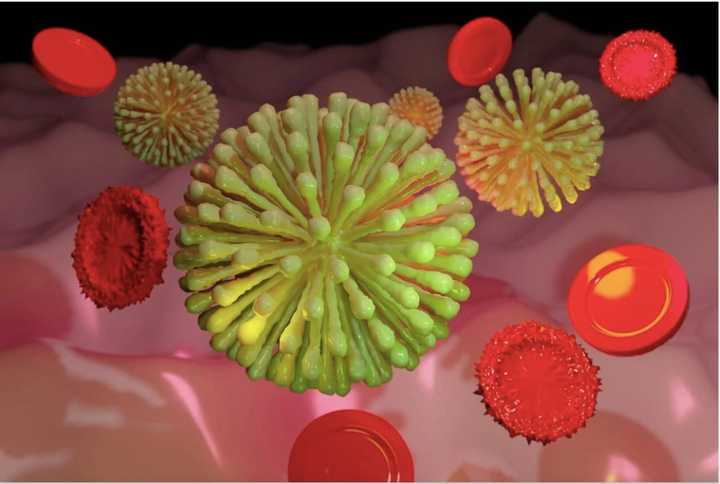It has been established that the rapidly spreading COVID-19 virus is spread person-to-person within a six-foot range when a person coughs or sneezes. It is also possible for the virus to live on hard surfaces, which can then be spread by touching one’s mouth, nose or eyes.
According to the CDC, symptoms of novel coronavirus include fevers, coughing, and shortness of breath.
Those symptoms typically take between two and 12 days to appear. Body aches, sore throat, and headaches are all also possible, but not guaranteed. Symptoms can last for up to a week or longer, depending on the severity of the case.
The virus first infects the cells lining one’s throat, airways and lungs and turns them into "coronavirus factories" that spread a number of new viruses that go on to infect more cells in the body.
Symptoms become more severe as the virus spreads through the body, eventually to the lower respiratory tract, which is why those with underlying medical conditions have proven to be most vulnerable to COVID-19.
According to health officials, the fever is a result of the immune system responding to the infection. It has recognized the virus as hostile and signals to the body something that is wrong by releasing chemicals called cytokines.
Health officials said that the virus will continue to replicate as it spreads through the body, causing other respiratory issues such as pneumonia or bronchitis, potentially leading to the shutting down of vital organs and death.
It is estimated that approximately 80 percent of those who come into contact with coronavirus will “self-resolve,” with many not knowing they even had the virus.
However, according to some reports, even those who contract the virus and come out with just minor symptoms may not be out of the woods.
In Japan, an NHK-World Japan report found that a man in his 70s tested positive for coronavirus in February while on a cruise. After being transferred to a medical facility in Toyko, he later tested negative and was released.
Weeks later, on Monday, March 2, the man left the facility but eventually fell sick again. On Friday, March 13, the same man tested positive for COVID-19. There were similar reports in China and other countries overseas that have been at the epicenter of the outbreak.
Globally, there have been 174,085 confirmed coronavirus cases, resulting in 6,684 deaths. In the United States, there have been 3,807 confirmed cases, resulting in 69 deaths.
"The COVID-19 pandemic is a global health and societal emergency that requires effective immediate action by governments, individuals and businesses," " the World Health Organization noted. "All businesses have a key role to play in minimizing the likelihood of transmission and impact on society.
"Early, bold and effective action will reduce short- term risks to employees and long-term costs to businesses and the economy."
WHO Director-General Tedros Adhanom said, "More cases and deaths have now been reported in the rest of the world than in China. We have also seen a rapid escalation in social distancing measures, like closing schools and canceling sporting events and other gatherings.
"But we have not seen an urgent enough escalation in testing, isolation and contact tracing – which is the backbone of the response.
"Social distancing measures can help to reduce transmission and enable health systems to cope. Handwashing and coughing into your elbow can reduce the risk for yourself and others. But on their own, they are not enough to extinguish this pandemic. It’s the combination that makes the difference.
"As I keep saying, all countries must take a comprehensive approach. But the most effective way to prevent infections and save lives is by breaking the chains of transmission. And to do that, you must test and isolate. You cannot fight a fire blindfolded. And we cannot stop this pandemic if we don’t know who is infected."
Click here to follow Daily Voice Monsey and receive free news updates.
